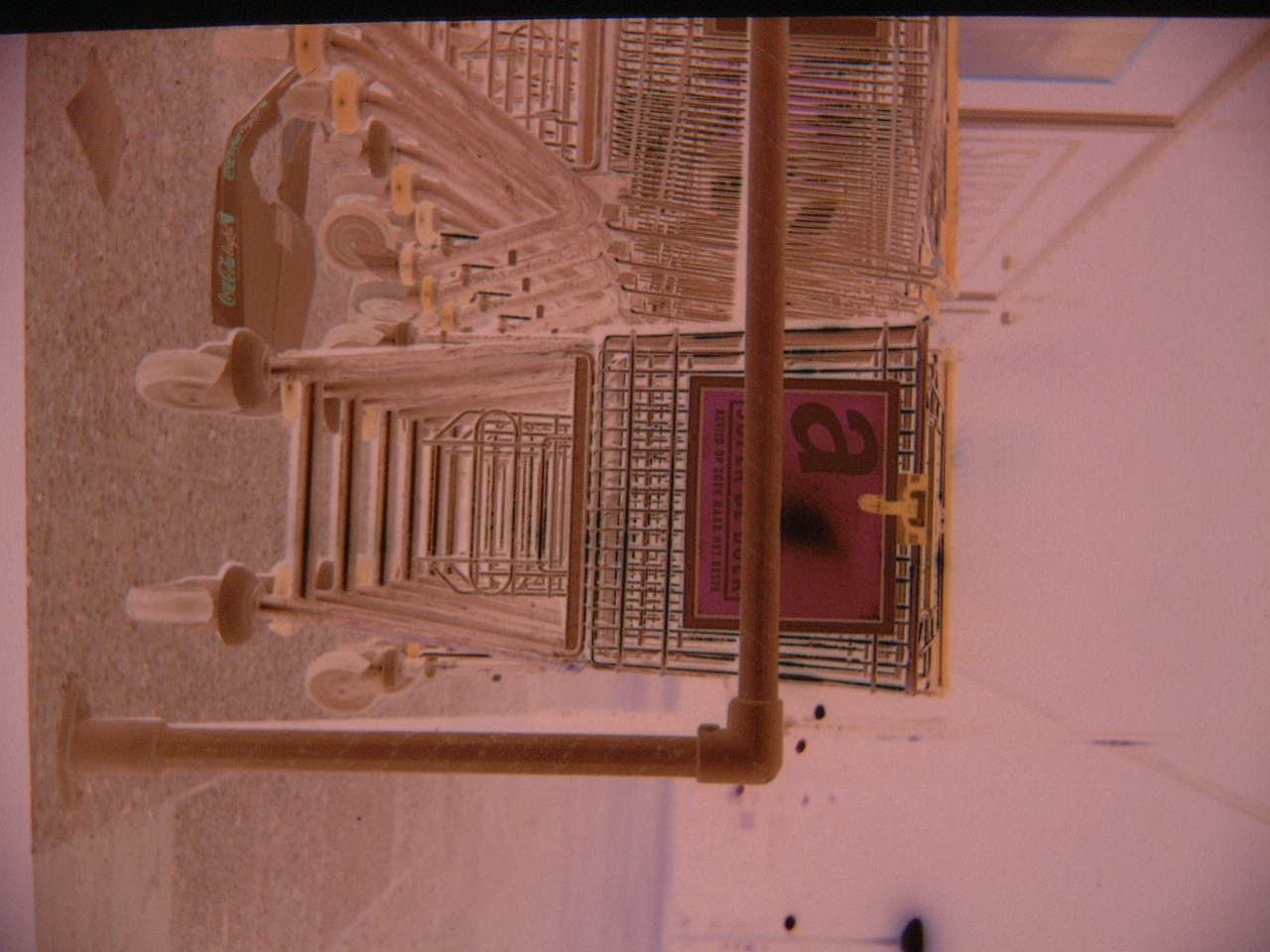
网站公告
more- Questions To... 25-04-19 20:02
- Low Cost Cas... 25-04-19 20:01
- Consideratio... 25-04-19 20:00
- All Would Li... 25-04-19 20:00
Handloom Vs. Mechanized Loom: What's The Difference In Sarees?
ManualLindley188614 2025.04.13 23:47 查看 : 2
In the world of textiles, particularly when it comes to traditional Indian clothing like sarees, there are two methods of weaving that have been in practice for ages. Handloom and mechanized loom are two distinct approaches that result in significantly different products with distinct qualities, prices, and values. In this article, Under ₹999 readymade embroidery blouse we will delve into the divergences between handloom and powerloom sarees and help you understand which one suits your taste and budget.
The Handloom Saree
A handloom saree is woven on a pedal-operated loom that employs manual labor to weave the fabric. Craftsmen and women in India, particularly in villages, use this traditional method to create beautiful and intricate patterns with care. Each handloom saree takes dozens of days or even weeks to complete, depending on the complexity of the design and the expertise of the weaver.
Here are some unique characteristics of handloom sarees:
- Intricate designs and detailed patterns are possible with handloom weaving due to its manual nature.
- Each handloom saree is one-of-a-kind, much like a work of art.
- The quality of handloom sarees is generally high due to the focus on attention to detail.
- Handloom sarees are known for their longevity.
- They are usually made from natural fibers, such as silk.
 The Powerloom Saree
The Powerloom Saree
On the other hand, a powerloom saree is woven on a automated loom, known as powerloom. This method uses power to power the stitching process, separating the weaver from the actual production process. Powerloom sarees are more expedited to produce and less expensive to make than handloom sarees.
Here are some key differences between powerloom and handloom sarees:
- Powerloom sarees are generally less expensive to purchase than handloom sarees due to the mechanized process.
- Powerloom sarees have a more consistent weave pattern compared to handloom sarees.
- While powerloom sarees are durable, they may not be as resilient as handloom sarees, especially when it comes to the borders and selvedges.
- Powerloom sarees are made from a variety of fibers including artificial fibers like polyester.
Choosing Between Handloom and Powerloom Sarees
When it comes to purchasing a saree, both handloom and powerloom sarees have their charm. Handloom sarees are ideal for those who appreciate traditional Indian craftsmanship, value originality, and are willing to invest in a high-quality product that will last for seasons. For those on a budget or prefer faster production, powerloom sarees may be the better option.
Regardless of your choice, the sheer unique quality and significance of traditional Indian sarees cannot be emphasized. These sarees are not only breathtaking pieces of textile art, but they also hold emotional value for many Indians. While the debate between handloom and powerloom sarees may continue, one thing is certain: these traditional garments will continue to play an vital role in Indian fashion and culture for generations to come.
The Handloom Saree
A handloom saree is woven on a pedal-operated loom that employs manual labor to weave the fabric. Craftsmen and women in India, particularly in villages, use this traditional method to create beautiful and intricate patterns with care. Each handloom saree takes dozens of days or even weeks to complete, depending on the complexity of the design and the expertise of the weaver.
Here are some unique characteristics of handloom sarees:
- Intricate designs and detailed patterns are possible with handloom weaving due to its manual nature.
- Each handloom saree is one-of-a-kind, much like a work of art.
- The quality of handloom sarees is generally high due to the focus on attention to detail.
- Handloom sarees are known for their longevity.
- They are usually made from natural fibers, such as silk.
 The Powerloom Saree
The Powerloom SareeOn the other hand, a powerloom saree is woven on a automated loom, known as powerloom. This method uses power to power the stitching process, separating the weaver from the actual production process. Powerloom sarees are more expedited to produce and less expensive to make than handloom sarees.
Here are some key differences between powerloom and handloom sarees:
- Powerloom sarees are generally less expensive to purchase than handloom sarees due to the mechanized process.
- Powerloom sarees have a more consistent weave pattern compared to handloom sarees.
- While powerloom sarees are durable, they may not be as resilient as handloom sarees, especially when it comes to the borders and selvedges.
- Powerloom sarees are made from a variety of fibers including artificial fibers like polyester.
Choosing Between Handloom and Powerloom Sarees
When it comes to purchasing a saree, both handloom and powerloom sarees have their charm. Handloom sarees are ideal for those who appreciate traditional Indian craftsmanship, value originality, and are willing to invest in a high-quality product that will last for seasons. For those on a budget or prefer faster production, powerloom sarees may be the better option.
Regardless of your choice, the sheer unique quality and significance of traditional Indian sarees cannot be emphasized. These sarees are not only breathtaking pieces of textile art, but they also hold emotional value for many Indians. While the debate between handloom and powerloom sarees may continue, one thing is certain: these traditional garments will continue to play an vital role in Indian fashion and culture for generations to come.
?? 0
Copyright © youlimart.com All Rights Reserved.鲁ICP备18045292号-2 鲁公网安备 37021402000770号

